Key Features Your Multi-Day Trekking Pack Must Have
Choosing the right backpack for extended hikes is no easy feat. It requires a careful balance of weight, durability, and ergonomics. Making the wrong choice can lead to discomfort, fatigue, and even potential injuries during your trek. To help you avoid these rookie mistakes, here are some expert insights into the key features that your multi-day trekking pack must have.
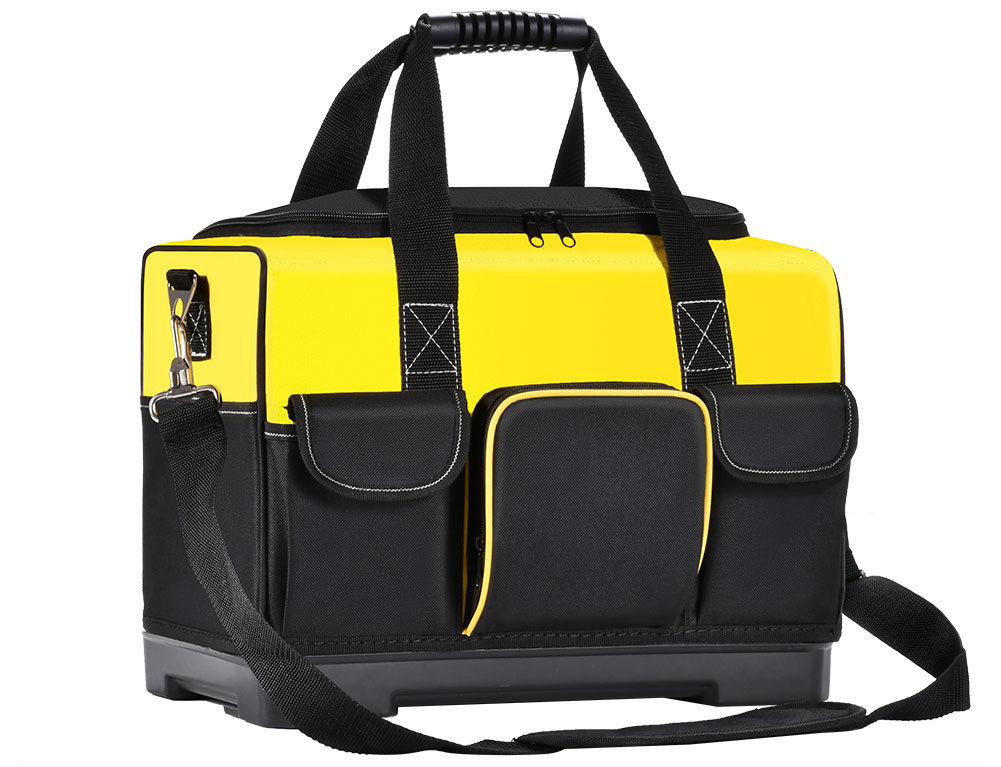
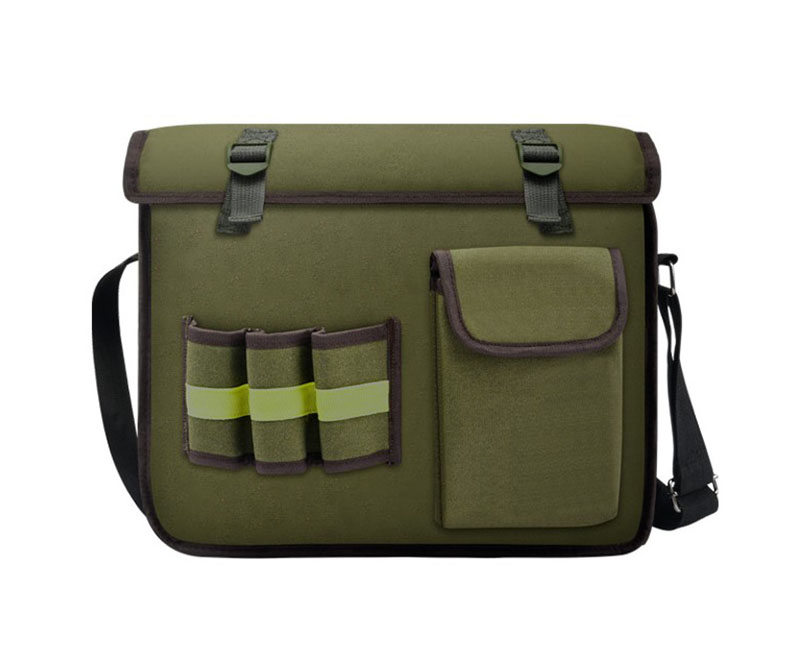
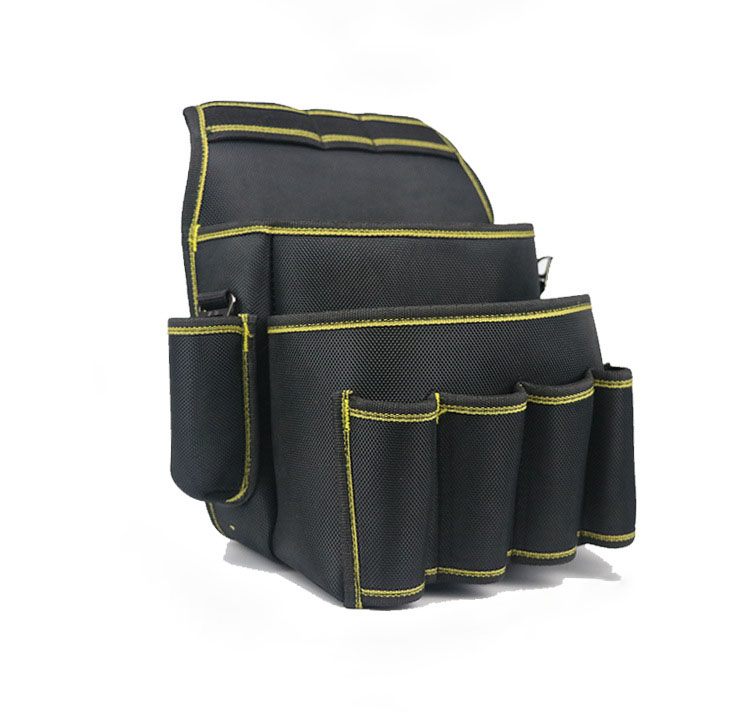
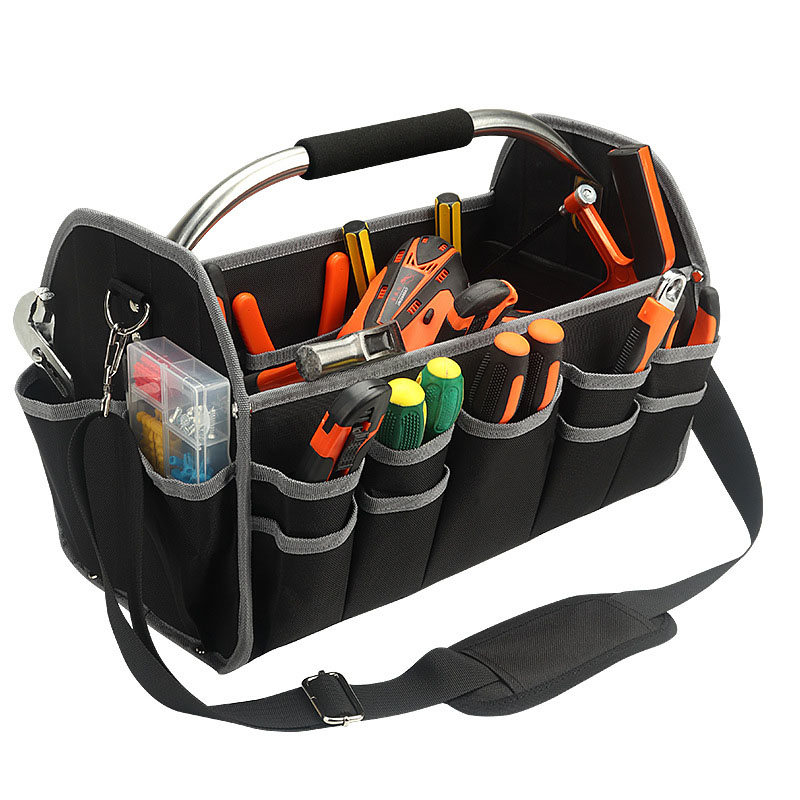
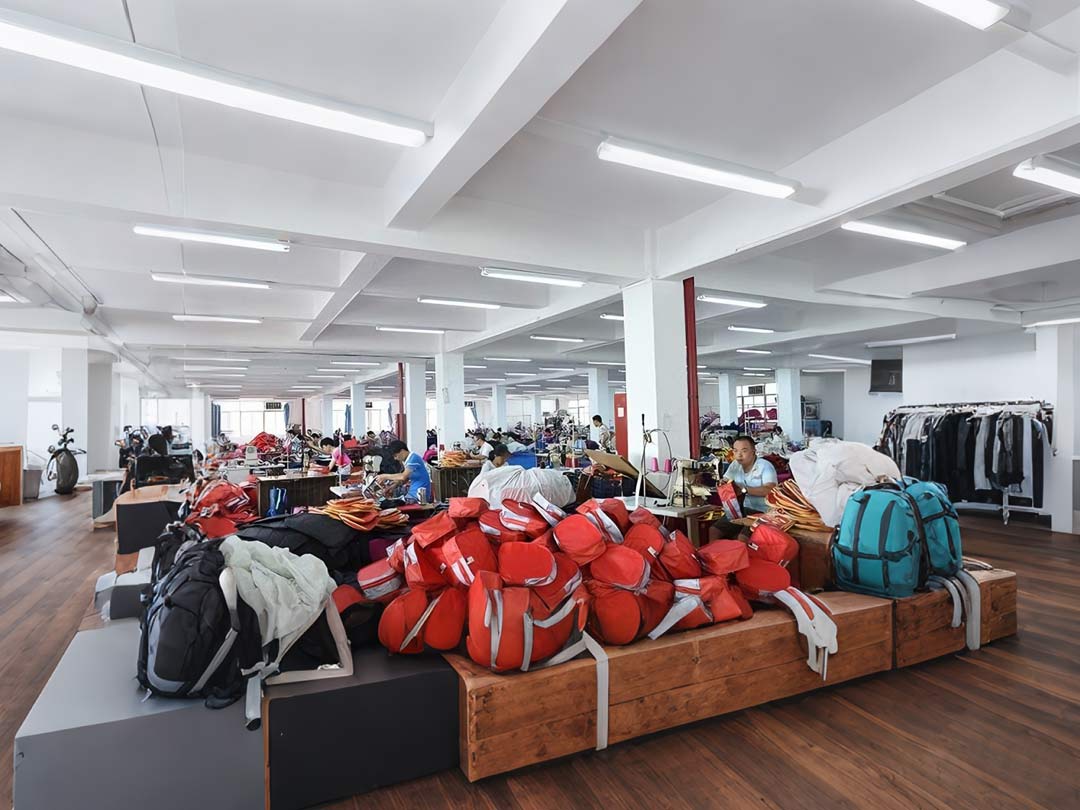
Explore our Product Catalogor Contact Us for personalized quotes and samples. Let’s build your next bestseller together!
WhatsApp us